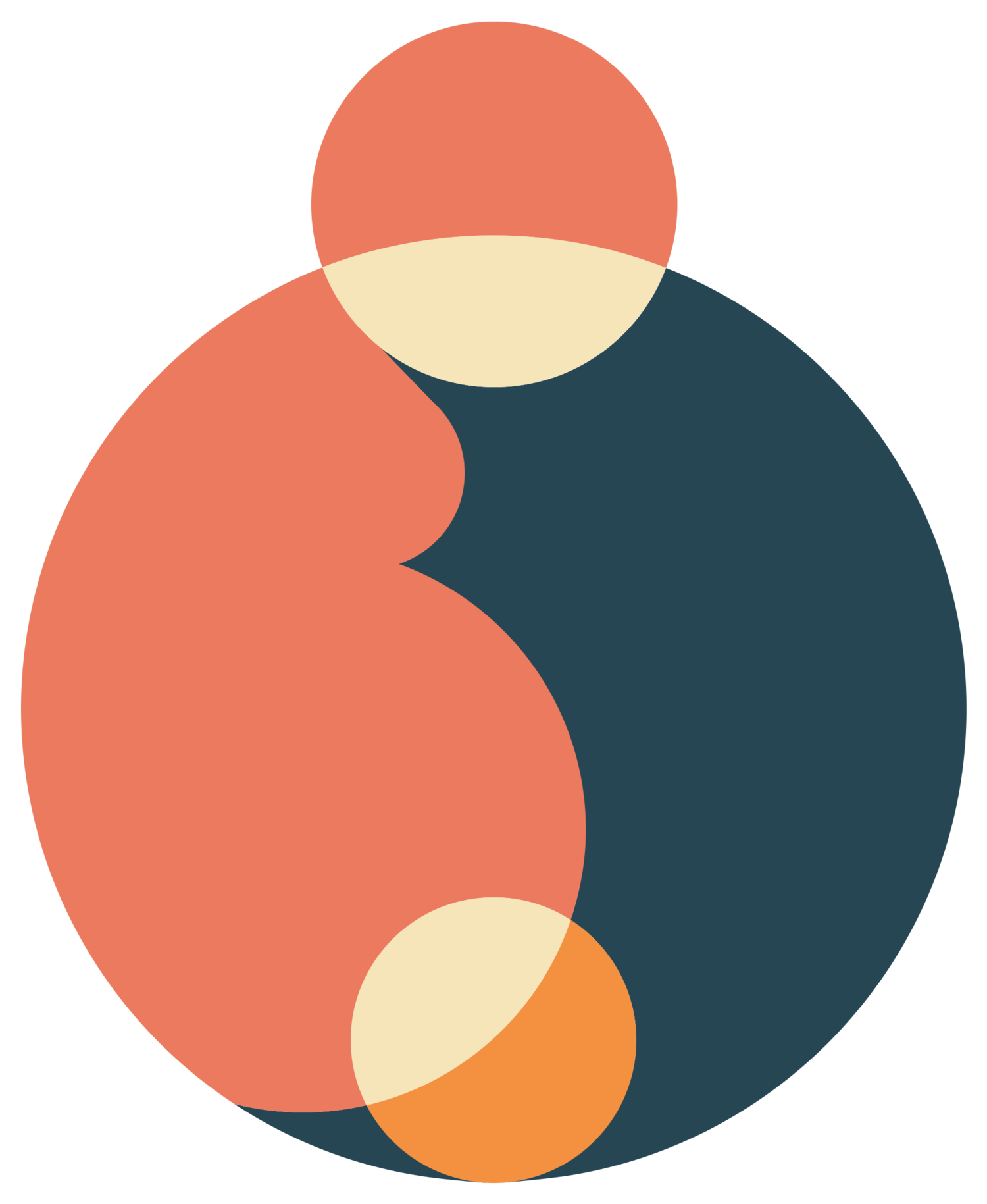Mental Tools: Visualization during Labor
Labor can be a challenging and even overwhelming experience. The pain can be intense, and it can be easy to feel scared or out of control. Visualization is one of the mental tools we cover in the Mental Push Plan that can help you effectively cope with pain, fear and overwhelm. In this blog post, we’ll go over what visualization is, ways to use visualization in labor as well as how to practice.
What is visualization
Visualization is the process of creating a mental image that you are able to immerse yourself in. Immersing yourself is key. We want you to focus so completely on the image in your head that there is no room to think about anything else, for example the pain of your contractions or the anxiety of feeling out of control.
What are the benefits
In addition to drawing your attention away from the pain, stress or fear you may be experiencing, visualization has a number of other benefits. If you visualize a relaxing scene, you are not only calming your nervous system, but it also causes your body to release endorphins, which are the body’s pain-relieving hormones. Visualization can also be very effective in directing attention, maintaining motivation, improving performance and creating a desired mood state during birth. In addition, visualization can help you to feel more in control of your labor. When you visualize yourself going through the labor process, it can give you a sense of confidence and empowerment.
How to use visualization during labor
There are a number of ways to use visualization during labor. One way is to create a mental image of a relaxing place. This could be a place that you have been before, or it could be a place that you have only imagined. For example, you might visualize yourself walking on a beach, sitting in a forest, or floating in a warm bath. The key to using this imagery is to completely immerse yourself in this place. Use all of your senses. What do you see? What sounds do you hear? What is moving and what is still? Are there smells or tastes associated with this image? The more you are able to visualize, the easier it will be to focus on the image.
Another way to use visualization during labor is to visualize yourself going through the labor process. This could involve visualizing your cervix opening, your baby descending, or your baby being born. This imagery could also be more metaphorical, such as visualizing an ever expanding sun as a symbol of your body opening and bringing forth life. You might also visualize yourself feeling calm, relaxed, and confident; however, this should be well practiced ahead of time. If you are feeling the opposite of those feelings in the rolls of labor, the effort to visualize yourself feeling calm way make you more stressed!
To help yourself through contractions, especially as they intensify, it can be helpful to visualize a repetitive process - something like riding a wave. Imagine the build up of the wave to the highest point (contraction begins), see it crest (halfway through contraction) and then finally see it come crashing down (end of contraction). This could also be something like climbing up and down a mountain peak. Repeat that process through each contraction or as many as you need to.
How to practice visualization
Just as athletes practice before the big game, it is important to practice your mental tools before the ‘big day’, including visualization! This will help you to become familiar with the process and to make it more effective. However, unlike professional athletes, we’re not asking you to practice for hours on end each day. Nobody has time for that! Instead, where can you sprinkle in small bits of practice each day? For example, taking a minute when you first get in the shower or when you get in the car after work to drive home or right before you go to sleep. Here are some tips to help guide your practice.
First, remember to immerse yourself in this imagery! Make the images as vivid as possible in your mind. Include a range of senses, like what you can see, hear, smell, taste or feel. This richness helps to bring the visualization to life, especially the corresponding thoughts, feelings and emotions.
Second, it’s important to find a visualization technique that works for you. There is no one right way to visualize, so experiment until you find something that you find helpful, and then practice, practice, practice!
Lastly, be open to the possibility of change. It may be that your labor took a very different path than you planned or it could be that visualization just isn’t doing it for you on that day. Be prepared with a handful of tools that you’ve practiced and feel good about. The Mental Push Plan digital workbook outlines these tools and helps you put together a mental game plan for how to use them during your labor.
Visualization can be a powerful tool to cope with the pain, stress or anxiety that labor may bring. And we’d love to hear if you use this tool in your birth! Email us at hello@mentalpushplan.com.

